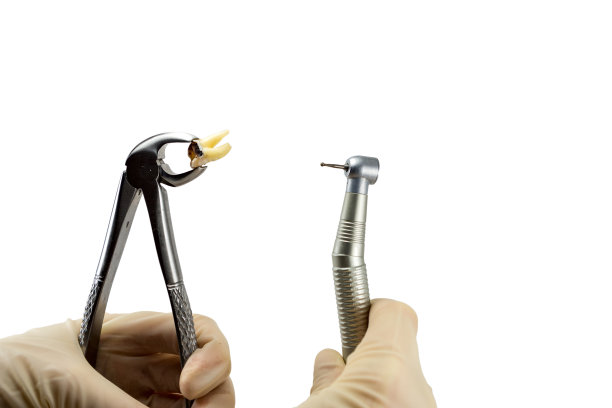Understanding Periodontal Disease Its Causes Effects and Effective Treatment Approaches for a Healthier Smile
Summary: Periodontal disease, commonly referred to as gum disease, is a serious infection affecting the gums and the structures supporting the teeth. This article explores the causes of periodontal disease, including poor oral hygiene and genetic factors, its significant effects such as tooth loss and systemic health implications, and various effective treatment approaches aimed at restoring gum health for a healthier smile. By understanding this condition, individuals can take proactive steps towards prevention and management, ultimately achieving optimal dental health.
1. Causes of Periodontal Disease: Understanding Etiology

Periodontal disease primarily stems from the accumulation of plaque, a sticky film of bacteria that builds up on teeth. When not removed through proper oral hygiene, plaque hardens into tartar, which irritates the gums and leads to inflammation—known as gingivitis. Over time, if gingivitis remains untreated, it can progress to periodontitis, a more severe form of the disease.
Other factors contributing to periodontal disease include smoking, which severely impacts gum health and blood flow, making gums more susceptible to infection. Additionally, genetic predisposition plays a crucial role; individuals with a family history of periodontal issues may be at greater risk, underscoring the importance of regular dental check-ups and personalized care strategies.
Moreover, systemic conditions such as diabetes can exacerbate periodontal disease. Diabetes impairs blood flow and increases gum inflammation, creating a vicious cycle. Recognizing these causes is essential in preventing the onset of periodontal disease and advising patients on effective prevention strategies.
2. Effects of Periodontal Disease on Health
The effects of periodontal disease extend beyond oral health, influencing overall well-being. One major consequence is tooth loss, which can impact an individuals ability to chew and speak, leading to psychological distress and decreased quality of life. Furthermore, tooth loss can alter facial aesthetics, contributing to a sense of self-consciousness.
Periodontal disease is also associated with systemic health issues, such as cardiovascular disease. Research suggests that the inflammation caused by gum disease can contribute to arterial inflammation, increasing the risk of heart attacks and strokes. This connection highlights the importance of maintaining good oral hygiene not just for a healthy smile but also for overall health.
Additionally, pregnant women with periodontal disease may face increased risks, such as preterm birth and low birth weight. Understanding these effects emphasizes the necessity for early detection and treatment of periodontal disease to mitigate its broader health implications.
3. Effective Treatment Approaches for Gum Disease
Treatment of periodontal disease begins with an in-depth evaluation by a dental professional, who will develop a tailored plan based on the severity of the condition. The first line of defense typically involves scaling and root planing, a deep cleaning procedure designed to remove plaque and tartar from above and below the gum line.
In cases of advanced periodontitis, surgical intervention might be required. Procedures such as flap surgery or bone grafts can be employed to restore gum and bone tissue. Moreover, the use of antibiotic treatments can help control bacterial infection, reducing inflammation and promoting healing.
Preventive care, including regular dental check-ups and maintenance cleanings, plays a crucial role in the management of periodontal disease. Patients are also encouraged to adopt good oral hygiene practices, such as proper brushing and flossing techniques, to prevent recurrence and maintain their oral health long-term.
4. Enhancing Oral Health and Preventive Measures
To prevent periodontal disease, individuals should establish a consistent daily oral care routine. Brushing twice a day with fluoride toothpaste and flossing daily can significantly reduce plaque buildup, thereby diminishing the risk of gum disease. Additionally, the use of mouth rinses with antimicrobial properties can add an extra layer of protection against gingivitis.
Awareness and education play vital roles in prevention. Regular dental visits for professional cleanings allow for early detection of any signs of gum disease. Dental professionals can provide personalized advice based on individual risk factors, helping patients make informed decisions about their oral health.
Furthermore, lifestyle modifications, such as quitting smoking and eating a balanced diet rich in vitamins and minerals, can enhance overall gum health. Healthy habits not only contribute to good oral hygiene but also bolster the bodys immune response against infections, including those affecting the gums.
Summary: Understanding periodontal disease is essential for maintaining a healthier smile. Recognizing the causes, effects, and treatment approaches enables individuals to take proactive steps in managing their oral health, preventing complications, and ensuring that they enjoy a confident smile for years to come. By prioritizing oral hygiene and seeking professional care, it is possible to mitigate the impact of this prevalent condition.
This article is compiled by Vickong Dental and the content is for reference only.


